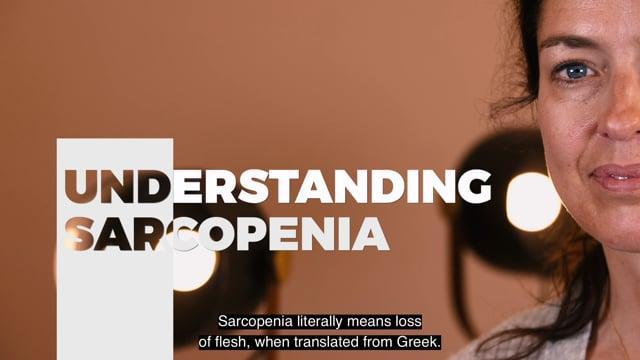
Complementarity of bracelets and other fall detectors for the elderly
19 Aug 2021
The first research on the automatic application of fall detection systems dates back to the 1990s. Nowadays, there are more and more technologies on the market and they do not only deal with falls.


